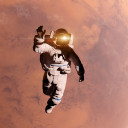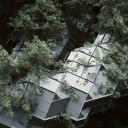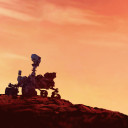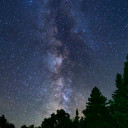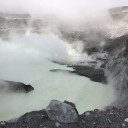Space sciences and astronomy
08 Jul 2022
Building blocks for RNA-based life abound at center of our galaxy
By Mischa Dijkstra, Frontiers science writer Scientists here study the spectra from G+0.693-0.027, a molecular cloud near the center of the Milky Way. They detect a range of nitriles, key building blocks for RNA, including cyanoallene, propargyl cyanide, cyanopropyne, and possibly cyanoformaldehyde and glycolonitrile, none of which had previously been found in G+0.693-0.027. They conclude that nitriles are among the most abundant chemical families in the universe, which lends support to the ‘RNA world’ theory of the origin of life on Earth, and possibly elsewhere in our galaxy. Nitriles, a class of organic molecules with a cyano group, that is, a carbon atom bound with an unsaturated triple bond to a nitrogen atom, are typically toxic. But paradoxically, they are also a key precursor for molecules essential for life, such as ribonucleotides, composed of the nucleobases or ‘letters’ A, U, C, and G, joined to a ribose and phosphate group, which together make up RNA. Now, a team of researchers from Spain, Japan, Chile, Italy, and the US show that a wide range of nitriles occurs in interstellar space within the molecular cloud G+0.693-0.027, near the center of the Milky Way. The results are published in Frontiers in Astronomy and […]

